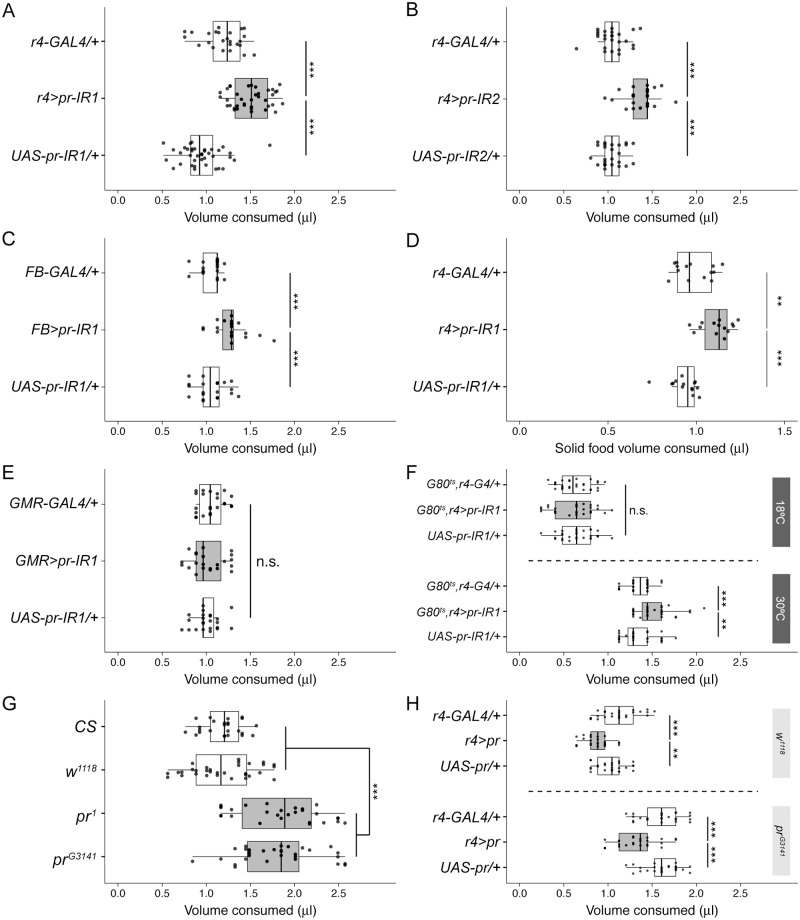Fig 2. Purple expression in the fat body is required for feeding regulation.
(A) Constitutive fat body-specific knock-down of purple (pr) using r4-GAL4 (r4>pr-IR1, gray boxplot) increases feeding (n = 25–38) when compared to heterozygous controls (white boxplots). See S2 Table for the rest of the secondary screen results. (B) Fat body-specific knock-down of pr with a second RNA interference (RNAi) line (UAS-pr-IR2) that targets a different part of pr also increases feeding (n = 25–26). (C) Knock-down of pr using a different fat body-specific GAL4 line (FB-Gal4) increases feeding (n = 20). (D) As with the capillary feeding (CAFE) assay, fat body-specific knock-down of pr increases the consumption of 32P-labeled solid food compared to the appropriate heterozygous controls (n = 14). (E) Eye-specific pr knock-down with GMR-GAL4 does not alter feeding (n = 23). (F) Adult fat body-specific knock-down of pr by combining r4-GAL4 with the temperature-sensitive tub-GAL80ts increases feeding. Although there is no difference between genotypes at 18°C, GAL80ts,r4>pr-IR1 flies transferred to 30°C post-eclosion eat more than heterozygous controls (n = 28–30). (G) Two hypomorphic pr mutants, pr1 and prG3141 (gray boxplots), eat more than Canton-S and w1118 controls (white boxplots; n = 25–32). (H) Overexpression of pr in the fat body (gray boxplots) reduces feeding in the w1118 genetic background (above) and rescues the hyperphagia of the prG3141 mutant background (below; n = 25). Underlying numerical data for this figure can be found here: http://dx.doi.org/10.5061/dryad.8hm82.

